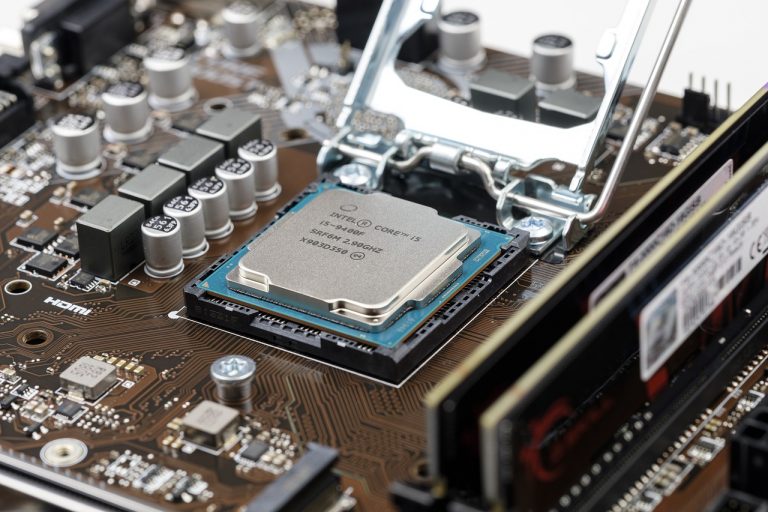Smartphone technology has become an integral part of our daily lives, with one of the key features driving consumer choices being the camera. The evolution of smartphone cameras has been nothing short of extraordinary, with each new release promising enhanced features and improved capabilities. In this article, we will delve into the world of smartphone cameras, specifically focusing on the latest releases and the innovations that set them apart.
Evolution of Smartphone Cameras
The journey of smartphone cameras began with basic, low-resolution sensors. However, as technology advanced, manufacturers started incorporating higher megapixel counts and additional features. This evolution has brought us to a point where smartphone cameras rival professional-grade cameras in terms of image quality and functionality.
Current Landscape of Smartphone Cameras
In the current market, flagship smartphones boast impressive camera specifications. From multi-lens setups to advanced image processing algorithms, manufacturers are pushing the boundaries of what smartphone cameras can achieve. Each new release brings about a camera showdown, with brands vying for the title of the best smartphone camera.
Megapixels Madness: Debunking the Myth
While many consumers believe that more megapixels equate to better image quality, the reality is more nuanced. The quality of a smartphone camera goes beyond the megapixel count, involving factors like sensor size, pixel quality, and image processing capabilities. A thorough understanding of these elements is crucial for making informed decisions when choosing a smartphone based on its camera.
Low-Light Performance: A Critical Factor
One of the significant challenges for smartphone cameras is capturing high-quality images in low-light conditions. We will explore how the newest releases address this challenge, employing technologies such as larger sensors, wider apertures, and advanced image stabilization to ensure impressive low-light performance.

AI Photography: The Smart Side of Cameras
Artificial intelligence plays a pivotal role in enhancing the photography experience on smartphones. From scene recognition to automatic adjustments, AI-driven features contribute to making every shot count. We will examine how the integration of AI elevates the overall usability and output of smartphone cameras.
Zooming In: Optical vs. Digital Zoom
The ability to zoom in on subjects without compromising image quality is a key consideration for smartphone users. We will compare optical zoom, which relies on physical lens movement, with digital zoom, which involves software processing. Understanding the difference is crucial for making an informed choice when it comes to capturing distant subjects.
Video Prowess: Beyond Still Photography
While much emphasis is placed on still photography, the video capabilities of smartphone cameras are equally important. We will explore the video recording capabilities of the newest releases, including features like 4K recording, slow-motion capture, and advanced video stabilization.
Sensor Technology: What Lies Beneath the Lens
The heart of any camera is its sensor. We will delve into the advanced sensor technologies used in the latest smartphone cameras, discussing how they contribute to image quality, color reproduction, and overall camera performance.
Comparative Analysis of Camera Software
Beyond hardware specifications, the software that drives smartphone cameras plays a significant role. We will conduct a comparative analysis of the camera software in the newest releases, exploring features like manual controls, AI enhancements, and post-processing options.

User Experience: Beyond the Specs
While specifications are essential, the real test of a smartphone camera lies in its day-to-day usability. We will discuss the practical aspects of using smartphone cameras in various scenarios, addressing issues such as user interface, speed, and overall user experience.
Photography Trends: Influencing the Tech Race
The ever-evolving landscape of photography trends greatly influences the development of smartphone cameras. From the popularity of social media to emerging photography styles, we will explore how these trends shape the ongoing tech race in the smartphone industry.
Brand Loyalty vs. Camera Innovation
Brand loyalty often plays a significant role in consumers’ choices. However, we will analyze how brand allegiance may sometimes hinder the adoption of new camera technologies. Does loyalty to a particular brand lead to a compromise in terms of cutting-edge camera innovations?
Future of Smartphone Cameras: Predictions and Expectations
Looking ahead, what can we expect from the future of smartphone cameras? We will speculate on potential advancements, emerging technologies, and the direction in which smartphone camera development is headed.
Conclusion
In conclusion, the camera showdown in the newest smartphone releases is not just a battle of specifications but a reflection of the technological prowess and innovation driving the industry forward. As consumers, understanding the intricacies of smartphone cameras empowers us to make choices that align with our preferences and expectations.
FAQs About Smartphone Cameras
- Q: Do more megapixels always mean better photo quality?
- A: Not necessarily. Megapixels are just one factor; the overall quality depends on various elements, including sensor size and image processing.
- Q: How important is low-light performance in a smartphone camera?
- A: Low-light performance is crucial, especially for capturing clear and detailed photos in challenging lighting conditions.
- Q: What role does artificial intelligence play in smartphone photography?
- A: AI contributes to scene recognition, automatic adjustments, and overall enhancement of the photography experience.
- Q: Is optical zoom better than digital zoom in smartphone cameras?
- A: Optical zoom, which involves physical lens movement, generally provides better image quality compared to digital zoom.
- Q: Can brand loyalty impact the adoption of new camera technologies?
- A: Yes, brand loyalty may sometimes lead to a reluctance to switch to newer technologies offered by other brands.













+ There are no comments
Add yours